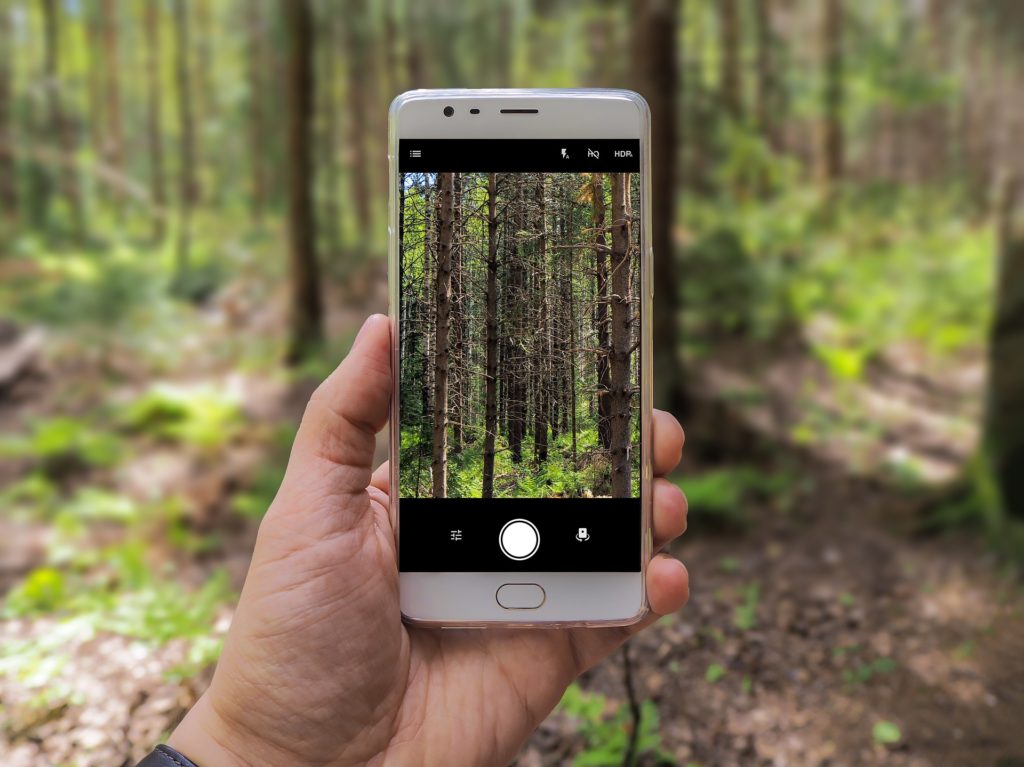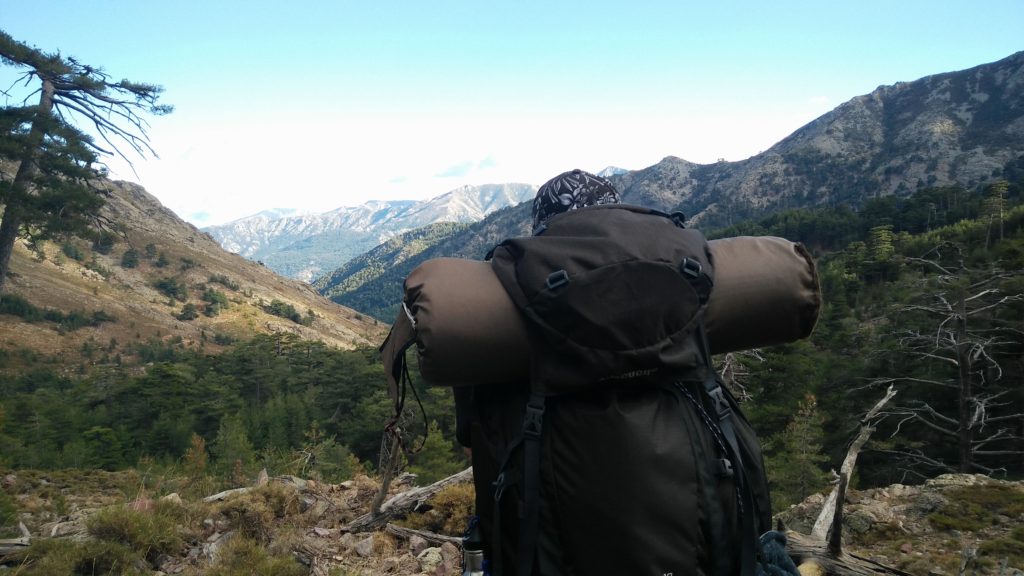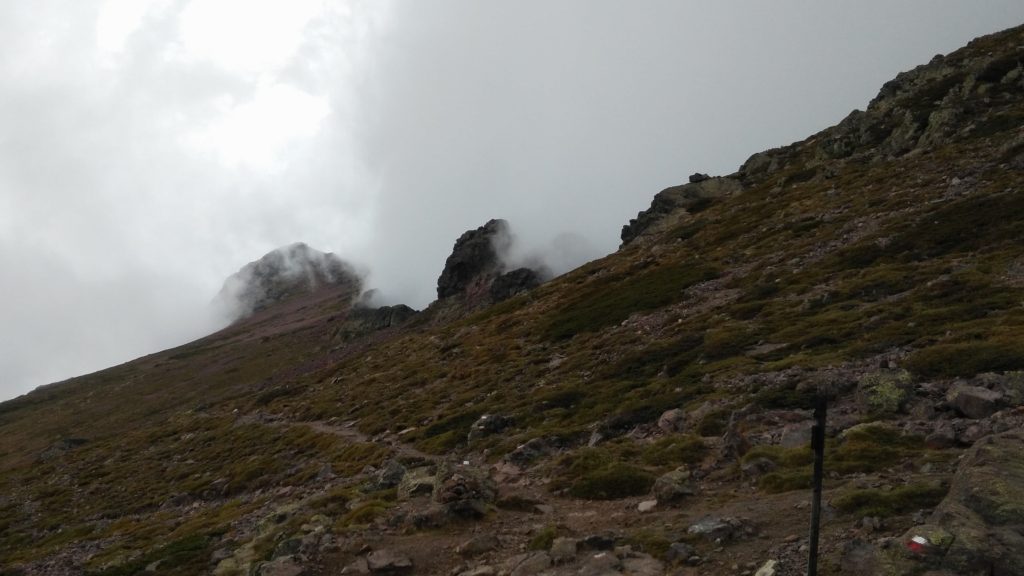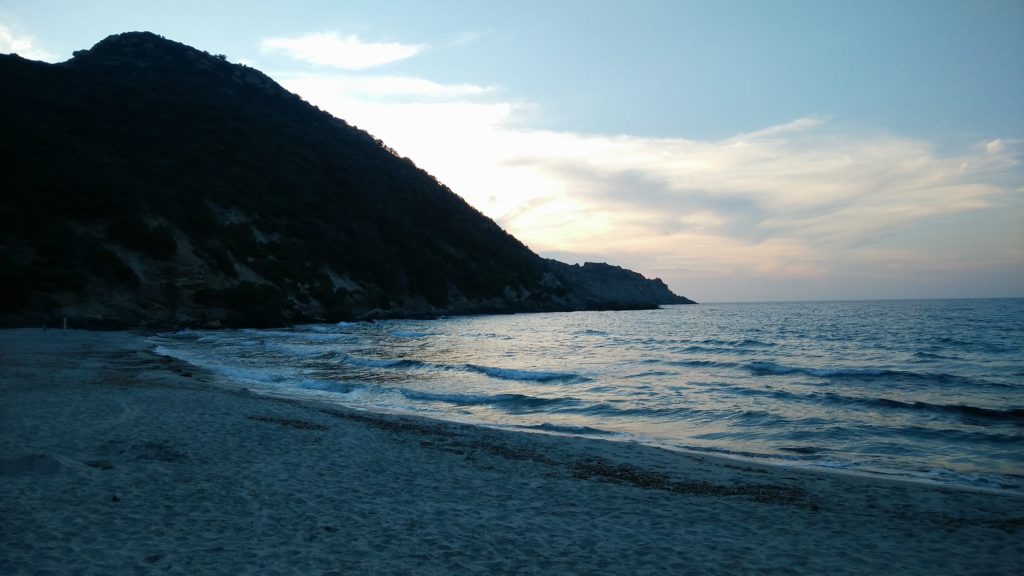This article will cover many of the mistakes you will make on your first hike. Keep reading to make sure that you start your upcoming adventure well-prepared. You can easily prevent these mistakes.
We have all been there. Excited and ready to go on our first real hike. We created a list that describes what we should bring. We thought about how we could best prepare ourselves for our upcoming adventure. Well, there are probably a couple of mistakes you are going to make anyway. I won’t claim you will make all of these mistakes, but probably at least a few. Some mistakes will have a minor impact on your trip, but some of these can properly screw up your vacation. Therefore, I suggest that you check the entire list.

Pack too many things
The first one is a really common mistake, you will pack more than you need. This might not seem like that big a deal, but if you are going to do a challenging hike with a lot of elevation, this can make a huge difference. You will soon realize that you really don’t need a lot of clothes, you are going to be dirty anyway. It is very likely that you will leave a lot more stuff at home on your second hike. It is advisable to ask yourself multiple times, “do I really need this?” before putting something in your bag. For example, you probably just need one short pants and one long pants, nothing more (in some occasions even just bringing shorts could suffice).
Carrying around gear/items that you don’t need will make your trek more exhausting than it needs to be. It won’t bother you that much after the first day, but it will make a huge difference after ten days, especially if you have to do a lot of climbing. It is arguably the most made mistake by beginners on their first hike.
Don’t go to crazy on trying to lighten your load either Don’t try and cut too much food out of your selection for example, you will need those calories. Also, you need to drink a lot of water and stay hydrated, but you don’t necessarily need to carry a lot of water. You could use a water purifier/filter to use natural water sources as your main drinking source. Therefore, you don’t need to carry too much water at a time.
Run out of power

When you are out on the trail, you are probably not going to have a lot of opportunities to charge your devices. If you carry multiple electronic devices, you will definitely run out of power very soon. The solution? Bring a power bank, a portable solar panel or a combination of the two.
A power bank is probably the most common solution to keep your electronic devices charged in the wilderness, but nowadays there are other solutions as well. You could carry a portable solar panel on the back of your backpack and use the sun as your main source of power. However, this means you are reliable on the weather conditions, which is always a risk. Another solution would be to use a power bank with a small solar panel attached to it. This means you mainly rely on the power bank as your primary source of power, but you can use the sun to slowly recover the used energy. The solar panel on the power bank is really small, this means that it will not generate a lot of power, a lot of people overestimate these devices. Still, it is a nice piece of technology and it could also help you out in an emergency situation.
So should you buy a power bank, a portable solar panel or a combination? Well this really depends on your needs, but usually a power bank will suffice. If you are looking for a cheap power bank that is also suited for hiking trips, take a look at the following article: Best cheap power banks.
Throw everything randomly in your bag

This is probably not the worst mistake to make, especially on easy, short trails. However, it is one of the most common mistakes, and eventually it can have a big impact. So how should you pack your bags? For starters, make sure that the items you will need during the day, are on an accessible place. Additionally, think about backpack weight distribution, this is just a fancy term for “where goes what in my backpack”. The main idea is that the heavy items should be as close as possible to your back and at the height of the shoulder blades, lightweight items should go at the bottom and the heavy items should be packed on top. Why is this? If you pack your bag this way, you will carry most weight on your hips. Also, this will increase your stability while walking. Again, we devoted an entire blog post on this topic, you can check it out here: Backpack weight distribution.
Not checking the weather forecast

Another really common mistake is not checking the weather. Most hikers get away with it, but it can be really dangerous if a storm approaches and you don’t know about it. Imagine if you are hiking on top of a dangerous ridge with your 20kg backpack and all of a sudden you find yourself in the middle of a storm. Depending on how dangerous your trail is this could be disastrous. This can literally be a lethal mistake, so please, check the weather daily (as good as you can).
Not only can it be really dangerous, it is also more comfortable if you can prepare for bad weather conditions by wearing the right clothes and using a waterproof backpack cover.
The easiest way to check the weather? Make sure you have your favorite weather application installed on your smartphone, or simply use the google application. You can also ask the locals or fellow backpackers if they can inform you whenever you see them.
A good hiking watch with a barometer can help you with keeping up to date with the weather conditions as well. You don’t need to spend a ton on money on a good hiking watch that has this feature as you can see in this article: The best cheap hiking watches.
A bonus mistake would be to not waterproof your gear. You should bring a waterproof hiking jacket and a rain pants that is good for hiking.
Don’t give yourself spare days/don’t have a backup plan

This one really depends on what kind of hike you are planning to do. If you have to cover a certain amount of distance or a certain amount of stages before reaching civilization, do not make to mistake of not giving yourself any margin or a backup plan. You don’t want to be in a position where you are forced to hike a dangerous stage in a storm and you can’t sit it out because you have a plane to catch. There are so many things that can go wrong, the weather can be against you, you or one of your travel companions could get injured, you might find a beautiful camping spot where you just want to stay another day, etc…
You just don’t want to be stressed while you are out there, so do yourself a favor and make sure you have a couple of days to spare.
If you simply don’t have the luxury to give yourself that spare day, at least try to come up with a backup plan in case something happens. Think about where you can leave the trail, where you can possibly rejoin the trail and try to know what the fastest route to civilization is at all times.
Don’t bring slippers
Okay, remember when I told you to ask yourself multiple times whether or not you really need to bring something? Well, you might think that you don’t really need slippers, but I am here to tell you that you actually do need slippers. When your feet have been inside wet, sweaty socks and boots the entire day, it is really important that you can let them rest and give them some air in the evening. Especially on longer hikes, chances are your feet will become “raw” after a while, don’t keep them inside your boots/shoes longer than needed.
This is probably more important than you might think, do not underestimate the power of slippers!
Don’t bring a paper map and a compass

With today’s technology, it is easy to forget a paper map. Why would we need a paper map anyway, these digital maps are far easier to use. The answer is simple, you just always want to have a non digital backup. Even if you brought a power bank and you are sure that you will be able to keep your devices charged at all times, technology can fail. Also, it doesn’t cost a lot, it doesn’t weigh a lot, so there is really no reason not bring this as a backup.
The same arguments are valid when it comes to the compass. Even if you carry a GPS, a smartphone and the trail is clearly marked, things can always go wrong and you want to be able to rely on your old fashioned compass in the worst-case scenario.
In most cases you would get away with relying on technology, or even trail markings. However, when you do end up in a situation where you have to rely on your map and compass, having these two items could save your life.
Not respecting nature
A lot of beginners think they respect nature, but in reality they often make a couple of mistakes. First, let’s state the obvious, clean up your mess. This means plastic wrappers, empty cans, broken gear, etc… but also think about smaller things like the leftover filter from your cigarettes. It is like an unofficial rule, if you are a hiker that means you automatically respect nature. Try to think about it this way: your presence should be like the perfect crime, leave no traces.
Additionally, you also should not feed any wild animals, there are multiple reasons for this.
- Some animals might not digest your food correctly and could get injured.
- Animals might connect people with food, this could lead to unnatural behaviour.
- If dangerous animals like bears start to connect food with people they might start acting more aggressive towards humans (normally they try to avoid humans).
Remember, if animals change their behaviour after our visit that means that we left a trace, and we did not commit a perfect crime.
Make sure that you don’t feed the animals unintentionally either. Always put all your food in sealed bags and consider hanging it up in a tree.
Honorable mentions
Using brand new boots/shoes on a hike.
If you don’t have any boots or shoes you can use, buy new one, but try to use them as often as possible before you go on an extended hike with them. You really need some time to break in your hiking boots.
Additionally, some people simply don’t bring proper hiking boots. This is a huge mistake and never excusable, even if you are on a super tight budget there are plenty of options, simply take a look at this article: the best cheap hiking shoes.
Don’t bring anything to treat your feed (mainly blisters).
There is a pretty high chance that you will get at least one blister on your first hike. It is highly advisable to prevent/treat these as good as possible. If you are properly prepared, you can totally prevent blisters when hiking.
Don’t bring a first aid kit.
Maybe one of the most important things to bring with you, accidents are always a possibility. Let’s hope you won’t need it.
You probably already thought of these last three things, but I wanted to mention them anyway, just to be safe. These mistakes could also lead to a lot of troubles. Leanr more about first-aid on this article: Backpacking first-aid kit.
Conclusion
These are just a handful of tips I wanted to give you. I assume you already knew some of them, but I bet you did not know all of them (if you truly are a beginner). Keep these tips in the back of your mind when you prepare for your next adventure, it might save you a lot of trouble.
If you think there are other mistakes that should be on this list, feel free to let me know.
As always, have fun and good luck on the trail!